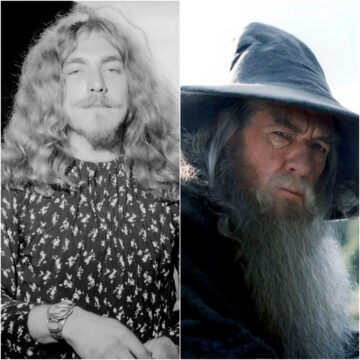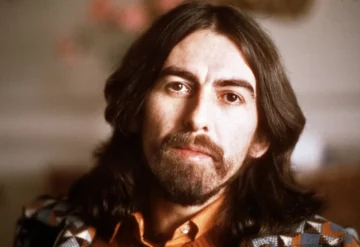In 2008, Lana Del Rey tried and failed to launch a career under the moniker of Lizzy Grant. Back then, when the name on her birth certificate was chosen for the project artwork and the full extent of her free bird persona had not been explored, she was a single-focused artist. Living from song to song, even tracks that would later become anthems for damaged girls and cosplay for romance lovers, lived and died by their individual popularity.
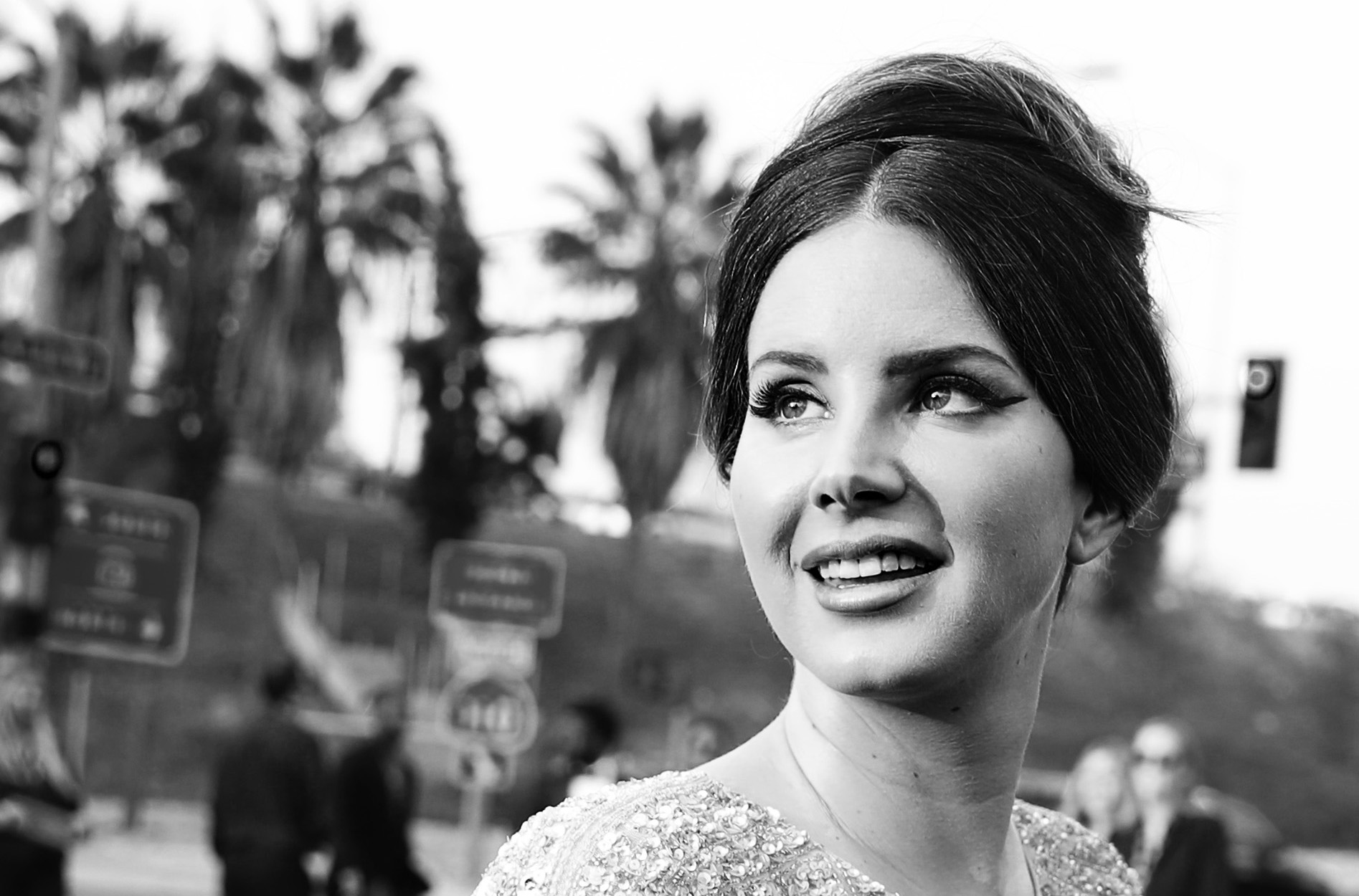
Photo: Rich Fury
Now, with a ninth album on the horizon, Lana has transcended such a need. As Did you know that there’s a tunnel under ocean boulevard will once again prove, in becoming an album artist, Lana has also become one of this century’s best songwriters.
It happened slowly, at first, and then all at once, with Norman Fucking Rockwell. ‘Hope is a dangerous thing for a woman like me to have – but I have it’, ‘Venice Bitch’, ‘Mariner’s Apartment Complex’ and even her Sublime cover ‘Doin Time’ were all phenomenal solo releases, but it was in the album’s fourteen track whole that these pieces came fully into focus as things of astonishing beauty. It’s easy to see how someone can be diverted by a small section of the Bayeaux tapestry, forgetting for a moment the project as a whole.
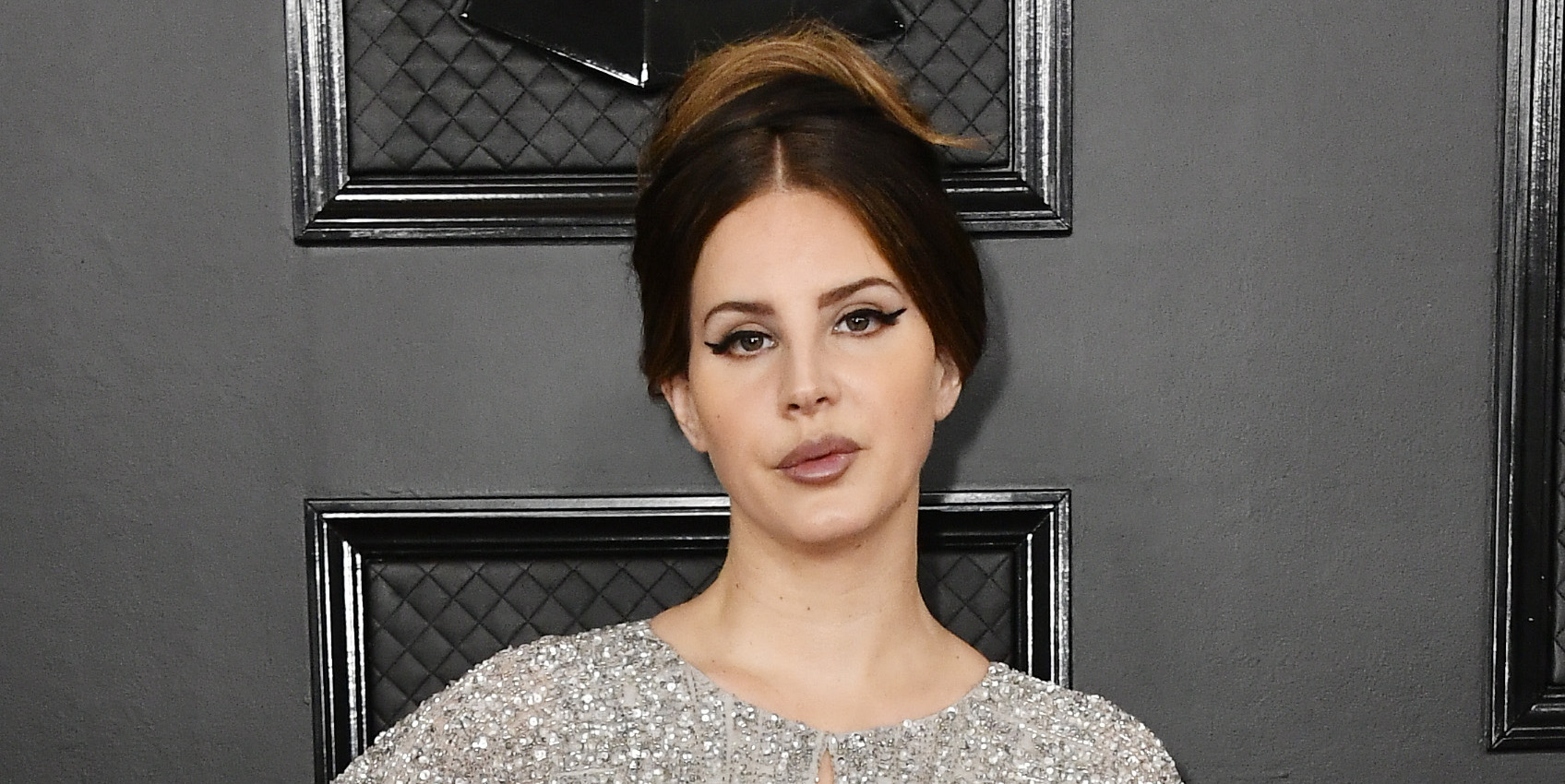
Photo: Frazer Harrison
On Born To Die, the story couldn’t have been more different. Like many debut projects, this was an album that not only sounded but felt like a collection of songs that had been written at different times and during different sessions. For early fans and late apologists, Born To Die is still an exciting listen, not least because it’s the thing that introduced a genuinely exciting new artist to the table.
Though imperfect, Lana’s debut LP is still a thrilling listen, in many ways benefitting from the jumble sale effect of its many vignettes. Yet it would be hard to argue this is an album worth more than the sum of its parts. ‘Video Games’ alone is a more transcendent, enduring a piece of early Lana than the album it was later released with. The same can be said for ‘Born to Die’, ‘Blue Jeans’, and – later, on the Paradise Edition – ‘Ride’.
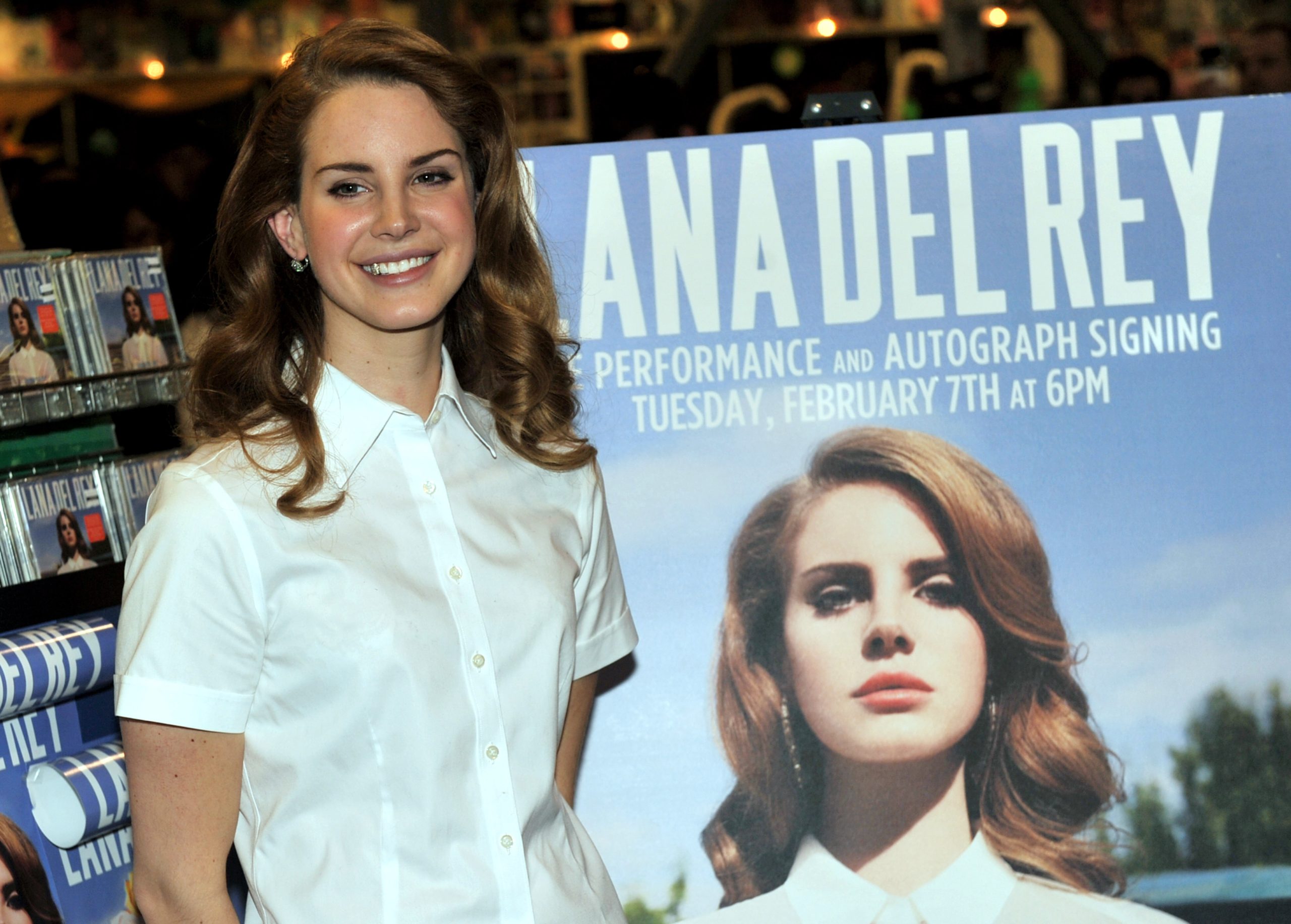
Photo: Kevin Winter
It’s a unique curiosity for an artist with indie sensibilities (if not indie label representation) that B-sides are of no interest to Lana. Instead, early tracks such as ‘Video Games’ and ‘Blue Jeans’ were each released with a clutch of remixes. One of them, Cedric Gervais’ take on the gorgeous ‘Summertime Sadness’, even threatened to eclipse the original.
Even now, Lana doesn’t drop songs in pairs, although they no longer get the remix treatment either. A single is simply that. In the case of Blue Banisters, which was released without fanfare towards the end of 2021, no singles were released at all. “Blue Banisters was more of an explanatory album, more of a defensive album, which is why I didn’t promote it, period, at all,” she told Rolling Stone UK in a recent profile.

Photo: Alberto E. Rodriguez
The effect, even in the case of the album she didn’t necessarily want anyone to hear, is one of absolute composure. As with so many things in life, serenity reaps more successful harvests than anxiety. It’s one reason why the fruits of Norman Fucking Rockwell, Chemtrails Over The Country Club and Blue Banisters have been so sweet: not only older, but also more assured in her output, Lana can now rely on the accrued cultural currency she has thoroughly earned over time. In many ways, the loyalty of her fanbase and their hard-won battle to have their beloved Lana taken seriously, is also to thanks to the artist’s songwriting renaissance.
There were stumbling blocks to earning comparisons to American genius on the level of F. Scott Fitzgerald or Stevie Nicks. Both Honeymoon (2015) and Lust For Life (2017) attempted cohesion with unconvincing results. Honeymoon tried for Old Hollywood delicacy but came off a little airy-fairy; instead, it was the phenomenal single ‘High By The Beach’ which kept Lana abreast of the critics. Still a single-focused artist, then.
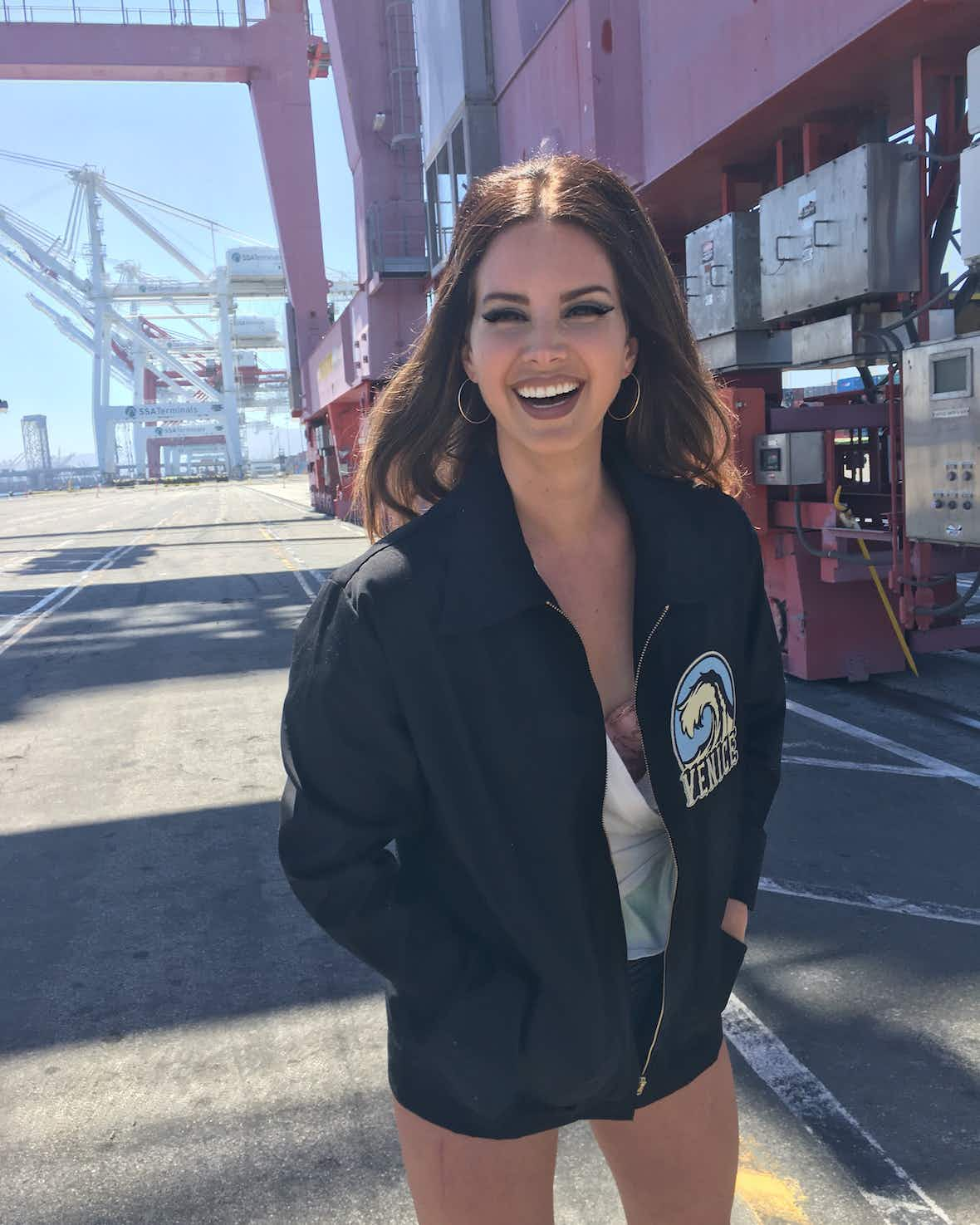
Photo: Pamela Cochrane
Lust For Life could have been better if it hadn’t been so unforgivably long. (Although, at only five minutes shorter, Norman Fucking Rockwell proves that the more quality contained in an album, the more quantity can be justified). Here, too, it was singles – and some of Lana’s first collaborations – that sweetened the deal. ‘Summer Bummer’ in particular, did a commendable job of honouring Lana’s long-held hip-hop inspirations thanks to guest verses from A$AP Rocky and Playboi Carti. In 2017, though, Lana Del Rey was still not an album artist.
Ultraviolence (2014) was the early indicator of greatness. For starters, this was the first time Lana had dropped singles as unaccompanied A-sides, with no remix or support single necessary. For another, it showed a big jump from the collection that was Born To Die and Paradise. Noirish, cynical and agonised, it’s obvious that every song on Ultraviolence was created in the course of dedicated sessions.
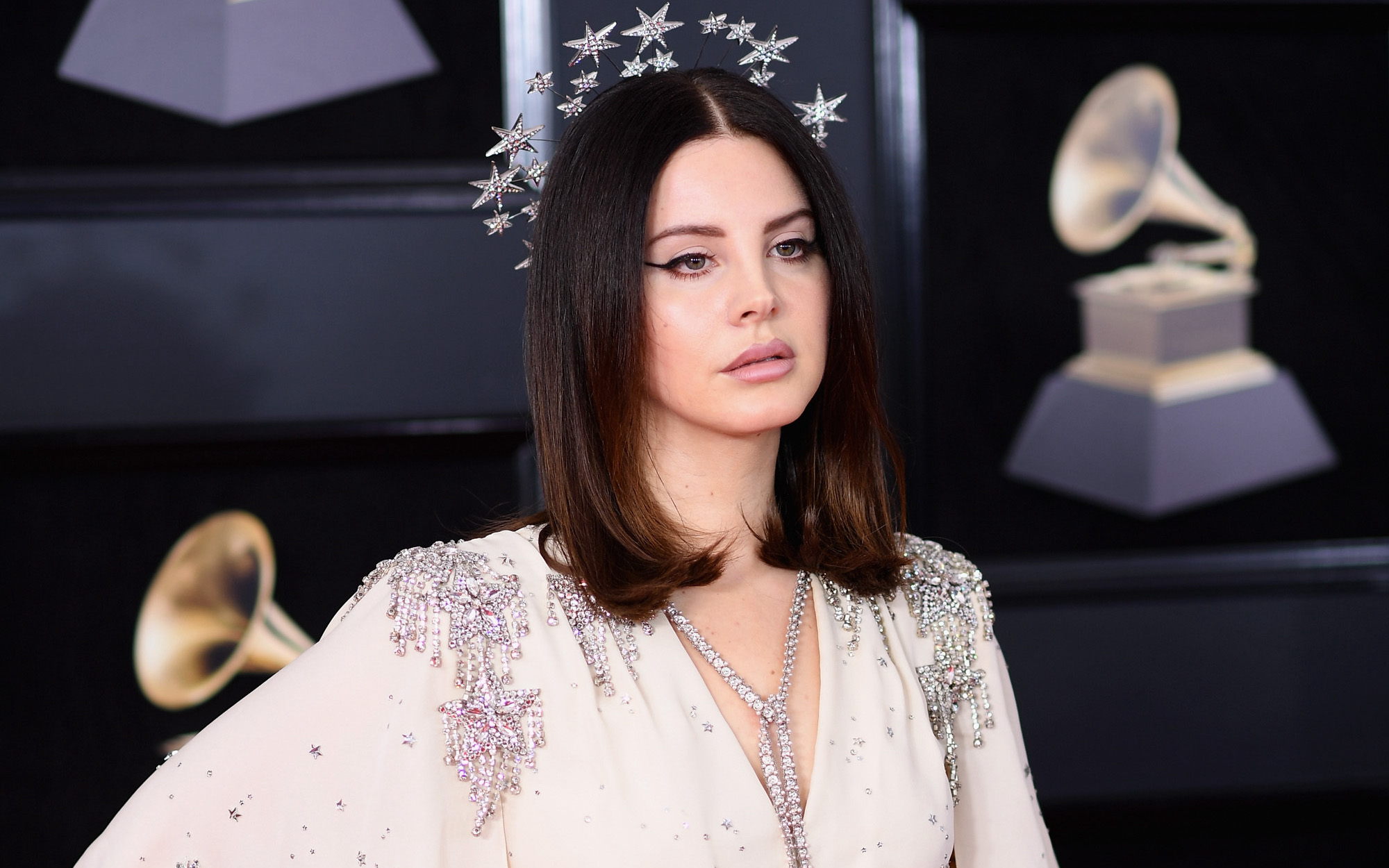
Photo: Dimitrios Kambouris
From ‘Cruel World’ to ‘Florida Kilos’, this is an album that occupies a distinct place and time: even Lana’s worst song, ‘Guns And Roses’ doesn’t really dampen the record’s overall impact. Sure, lead single ‘Brooklyn Baby’ is a bright spot in the project, but it by no means outshines the long play it featured on.
A couple of false starts and five years separated it from the album that finally helped realise the extraordinariness of Lana Del Rey. Norman Fucking Rockwell is a perfect album, one that moves calmly past its most jaw-dropping moments, taking us directly to the next. Crucially, it’s an album made to be listened to from beginning to end, with no skips and with one’s full concentration. It’s unlikely that ‘Mariners Apartment Complex’, ‘Venice Bitch’ and the album’s other campaign singles jump out more than the deep cuts that surround them – and if they do, it’s likely due to the virtue of their recognisability.
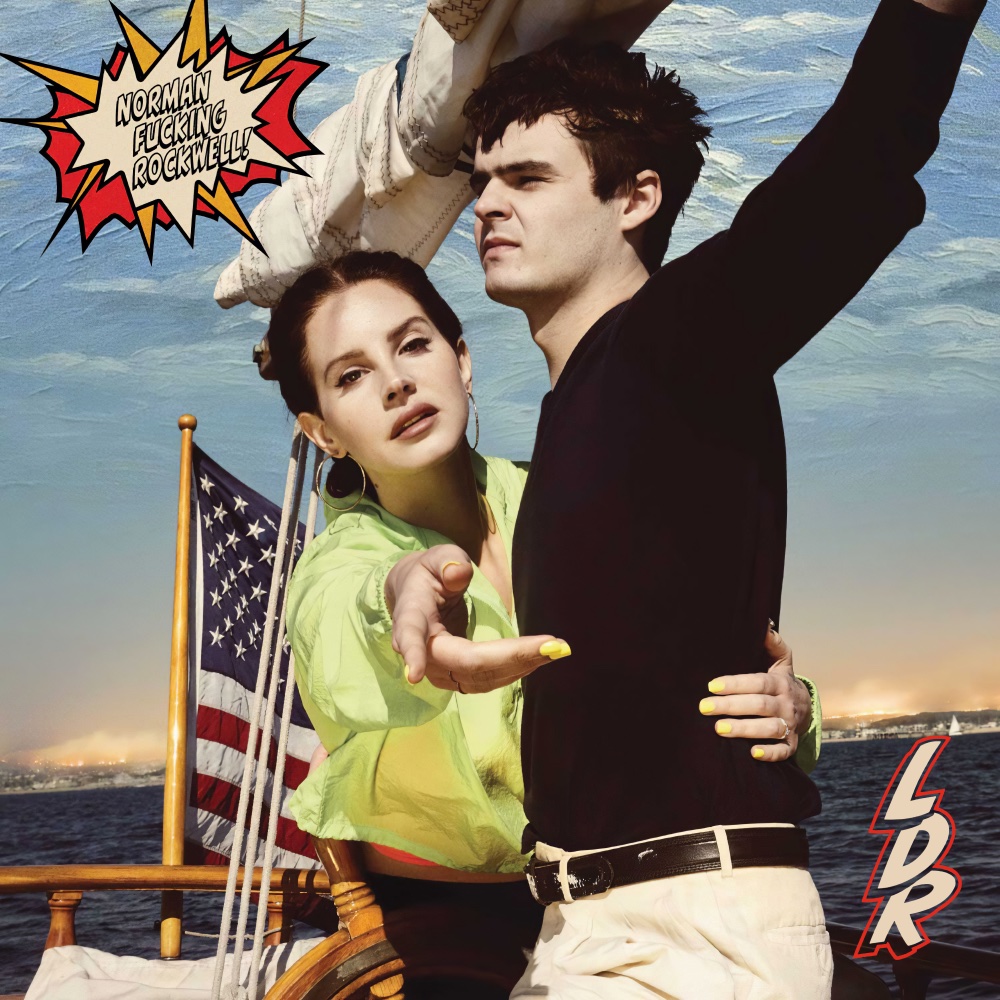
It’s rare for any album to pass by without having to overcome the urge to press skip, particularly one that’s over an hour long, but Norman Fucking Rockwell achieves that with ease. It’s everything that the nascent Lizzy Grant set out to make with her vintage Americana, down to the comic book punch of ‘NFR!’ that adorns the album cover, along with Lana’s outstretched hand, inviting us into her interpretation of the American Dream.
Following perfection is difficult, but Lana made a stellar go of it with Chemtrails Over The Country Club, delivering a project that runs well together and that leans not at all on its relatively subtle singles.
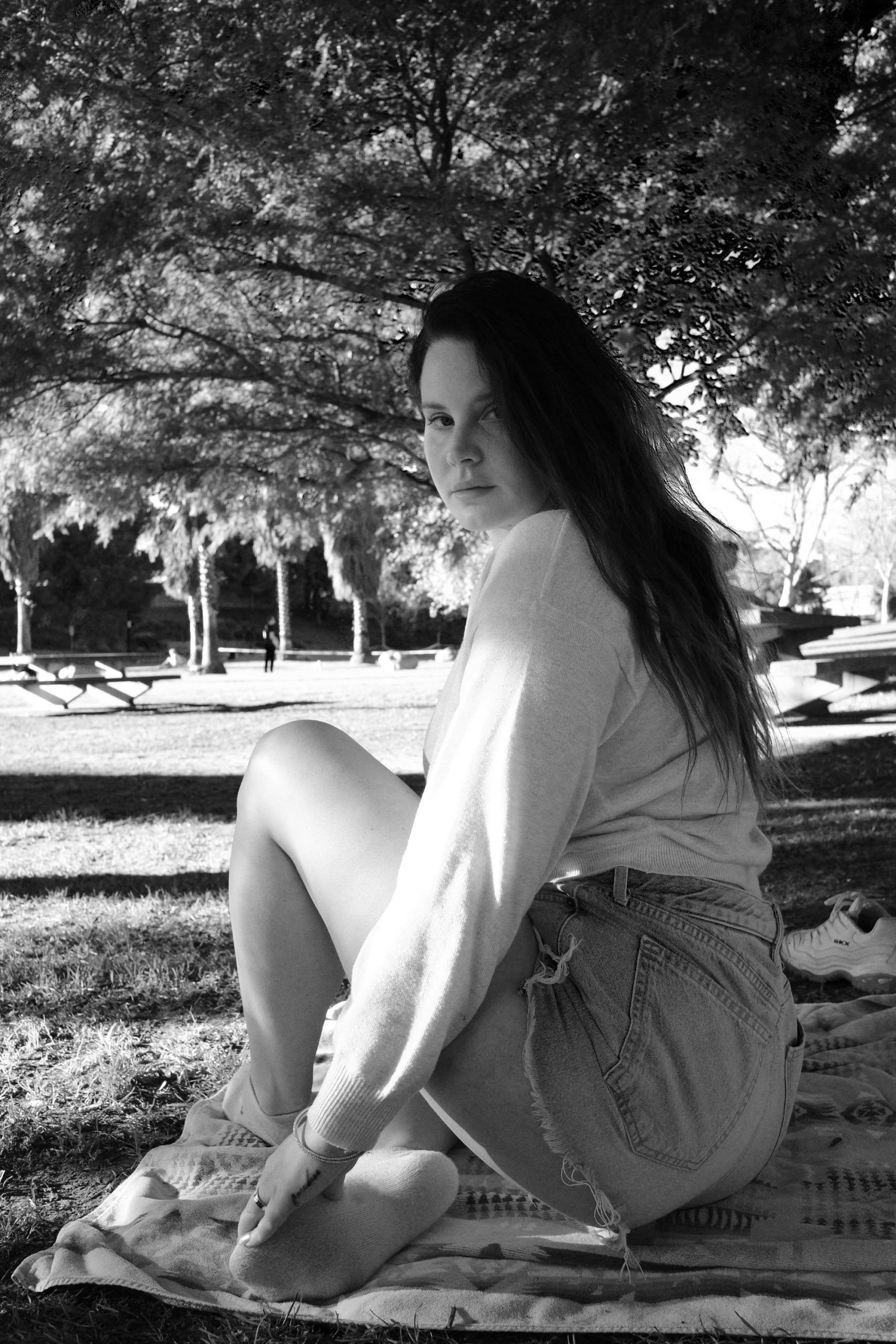
Photo: Chuck Grant
By the release of Blue Banisters, it felt as though Lana could write an album with her eyes closed. A relaxed and poetic LP, it feels more like a handwritten note than anything else, composed in one hand and one mind, finished up as the light dies outside the window.
As with her past three releases, Did you know that there’s a tunnel under ocean boulevard? has no pressure to be exquisite. It’s a large reason why it will be. Remove the critical and financial constraints and you get an easy way with music and lyrics that confounds expectation. She may have been a single artist in the beginning, but albums have become the canvases on which she paints, and her creations prove beyond doubt that Lana Del Rey is a once-in-a-generation talent.
Lana Del Rey’s new album, Did You Know That There’s A Tunnel Under Ocean Boulevard? releases on 24 March.


